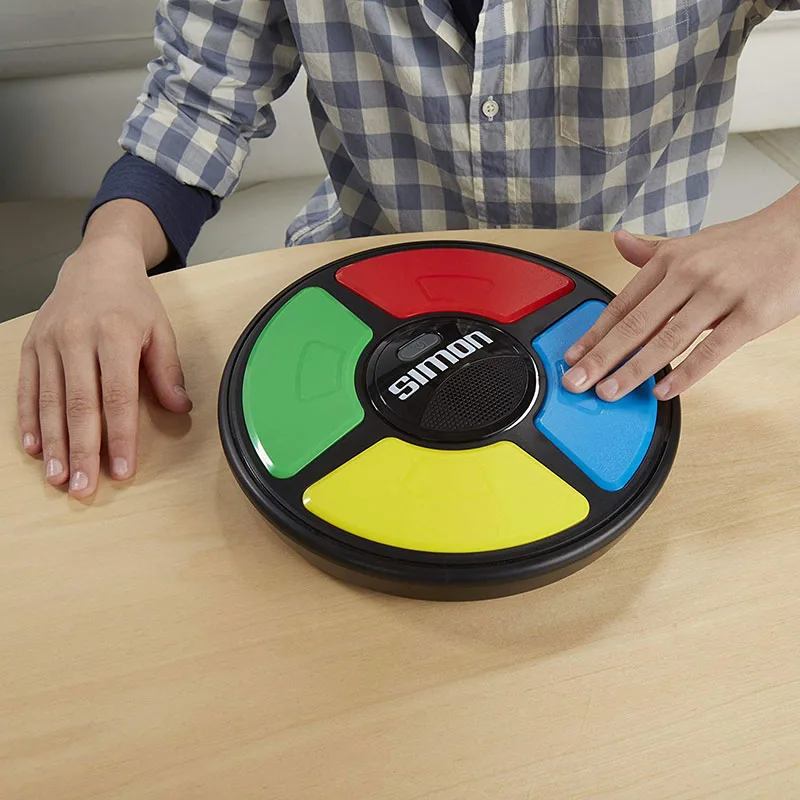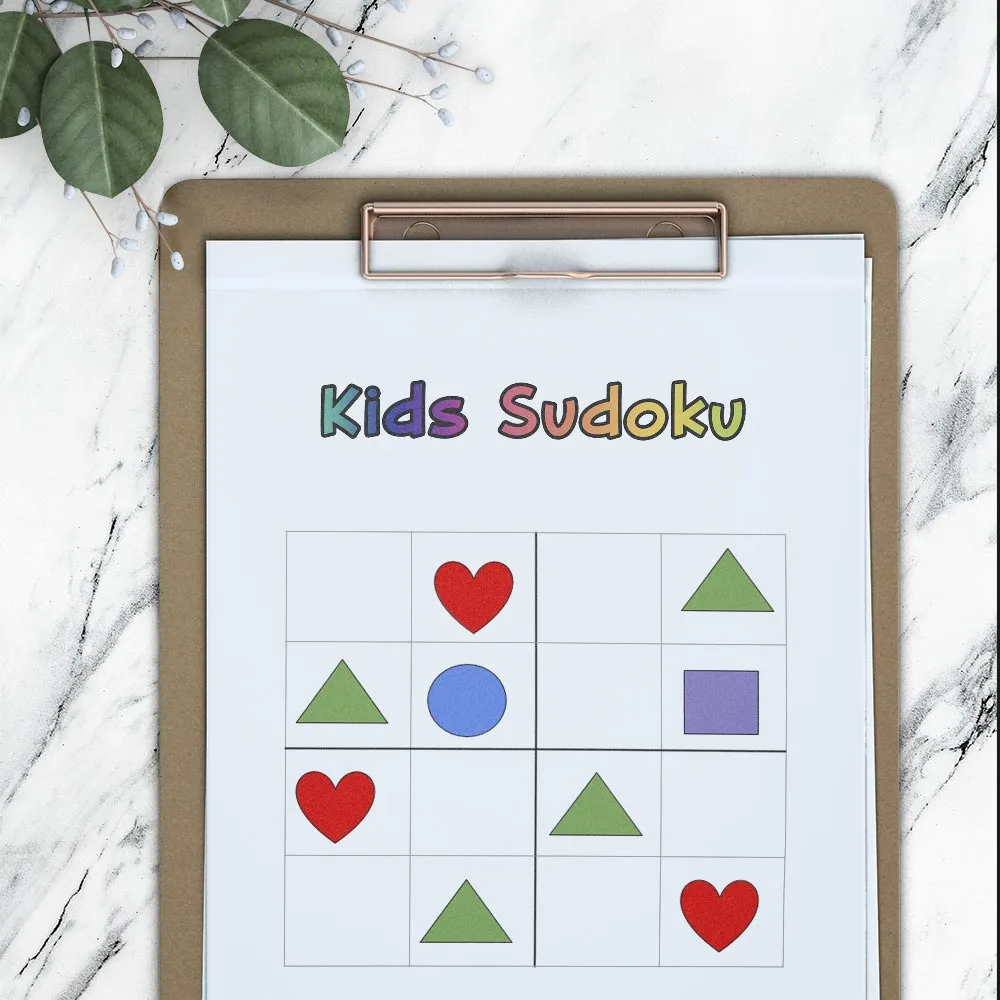What’s inside this article: An explanation of what working memory is and what we use it for. Signs of poor working memory skills, helpful student accommodations to help children with poor working memory skills, and games & activities that help improve this important skill.
Disclaimer: This post contains affiliate links.
Working memory is one of our many executive functions. It’s defined as a thinking skill that enables you to remember and use relevant information while in the middle of an activity.
Working memory is required for performing everyday tasks and for learning new information.
Research shows that kids with ADHD have poor working memory, especially when they’re required to remember visual information like graphs and images. Kids with autism often struggle in this area, too.
However, you can train your brain to improve this important skill. Research shows that practicing working memory skills, even for short times, such as 10 minutes per day improves IQ scores.
MRI scans show that memory training increases the density of the cerebral cortex – the part of the brain responsible for executive functioning. (Source)
What is Working Memory?
Basically, working memory is like a temporary sticky note for the brain.
- It operates only for a few seconds at a time
- Temporarily storing information that you need to use
- It manipulates information that you need to use – such as sorting things into categories or canonical order.
- Working memory affects school performance
- It requires attention, although attention is separate from working memory. Attention allows information to be taken in for working memory to use.
What Do We Use Working Memory For?
Working memory is an automatic function so it’s not something we think about but it is something we use constantly in day to day life.
We use working memory to:
- Respond during conversations
- Follow instructions
- Paraphrase information – for example repeating back instructions to clarify
- Daily organization
- Problem-solving
- Mental math
- Reading

Signs of Poor Working Memory
Poor working memory can lead to an array of difficulties and challenges. These challenges will become more apparent as children get older and expectations at school increase.
If your child is struggling, here are some things you’ll notice:
- Makes mistakes when taking notes at school
- Misses the details in instructions
- Loses track of where they are when working on a project
- Doesn’t self-correct their work in class as the teacher goes over the answers with the class
- Easily distracted
- Difficulty completing tasks that have multiple steps
- Frequently forgets what they were about to say
- Poor academic performance despite putting effort into their work.
- Problems with reading – poor comprehension, loses place on the page, struggles to break down unknown words
- Difficulty doing even basic math in their head
- Poor problem-solving skills
- Difficulty working independently and needs reminders to stay on task.
Accommodations
If your child has poor working memory skills you can help them by making accommodations to increase their chances of academic success.
You can meet with your child’s school to discuss necessary accommodations. Public schools are required, by law, to accommodate children with varying needs to help them succeed. Here are some options to consider.
- Provide a printed copy of class notes instead of copying them off the board.
- Break instructions and projects down into smaller pieces. For example, provide only one or two steps of instruction at a time. For projects, organize them into parts. Give the child part one, once completed you can give them part two and so on.
- Use visuals – visual schedules, visual charts to keep at their desk, labels for organizing, etc.
- Keep your home and routines structured to minimize the amount of planning, organizing, and mental workload required from your child so they can use their brainpower when they need it most.
How to Improve Working Memory
Just like other executive functioning skills, practicing this skill improves it. Studies show that improvements happen in a linear fashion. This means that the more time spent practicing, the greater the improvement.
Second graders who spent 10 minutes per day doing activities that required working memory had a 12% increase in IQ scores after 2 months. Compared to 6% in the control group.
Practicing can be fun. There are many children’s games and activities that require working memory.
Activity Ideas:
- Jig Saw Puzzles – Your brain needs to process various shapes, colors, and imagery in order to assemble a larger picture. The more pieces in the puzzle, the harder your brain has to work.
- Memory Matching Games – With these games, you place a bunch of cards facedown. Then, flip one over and attempt to find the match. If the second card doesn’t match, you flip them both over and try again. You need to remember what is under each card to play successfully, matching up the cards. This game also helps children with visual discrimination.
- Simon – This classic game was all the rage back when I was a kid and technology wasn’t yet so commonplace. To play, you need to remember the color pattern and repeat it by pressing the colored buttons on the game unit in the correct order. It starts off at a nice steady pace, but the more you play, the longer the sequences become.

- The Tray Game – Grab a serving tray and place a few random household items on the tray. Show it to your child and give them 30 seconds to memorize the items on the tray.
- Then, cover the tray and remove one item. When you uncover it, your child has to remember what items were present and tell you what is now missing.
- As your child gets better with the tray game, start adding more items to the tray, increasing the difficulty of the activity.
- Math Stacks – This is a mental math card game that requires children to practice their mental math skills and working memory to build stacks of cards with equal mathematical values on them.
- Suduko – Suduko is a great activity. Classic Suduko requires you to keep a series of numbers in your head while mentally “rehearsing” their placement in a nine-space grid, relying heavily on working memory. That’s a bit advanced for most children. However, you can do a simpler children’s version of sudoku. I’ve created 3 printable Sudoku puzzles for kids that uses colorful shapes and a 4 space grid for simplicity.

10 Minute Commitment
If you can implement any necessary accommodations your child needs, and commit to spending just 10 minutes playing one of these 6 activities with your child, you will help them develop working memory.
As your child’s working memory improves they’ll do better in school, have an easier time following instructions, be less forgetful and more organized.


What Are Executive Functions? How Can You Build Them?
Monday 7th of October 2019
[…] Working memory […]